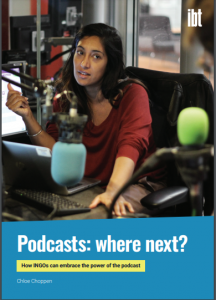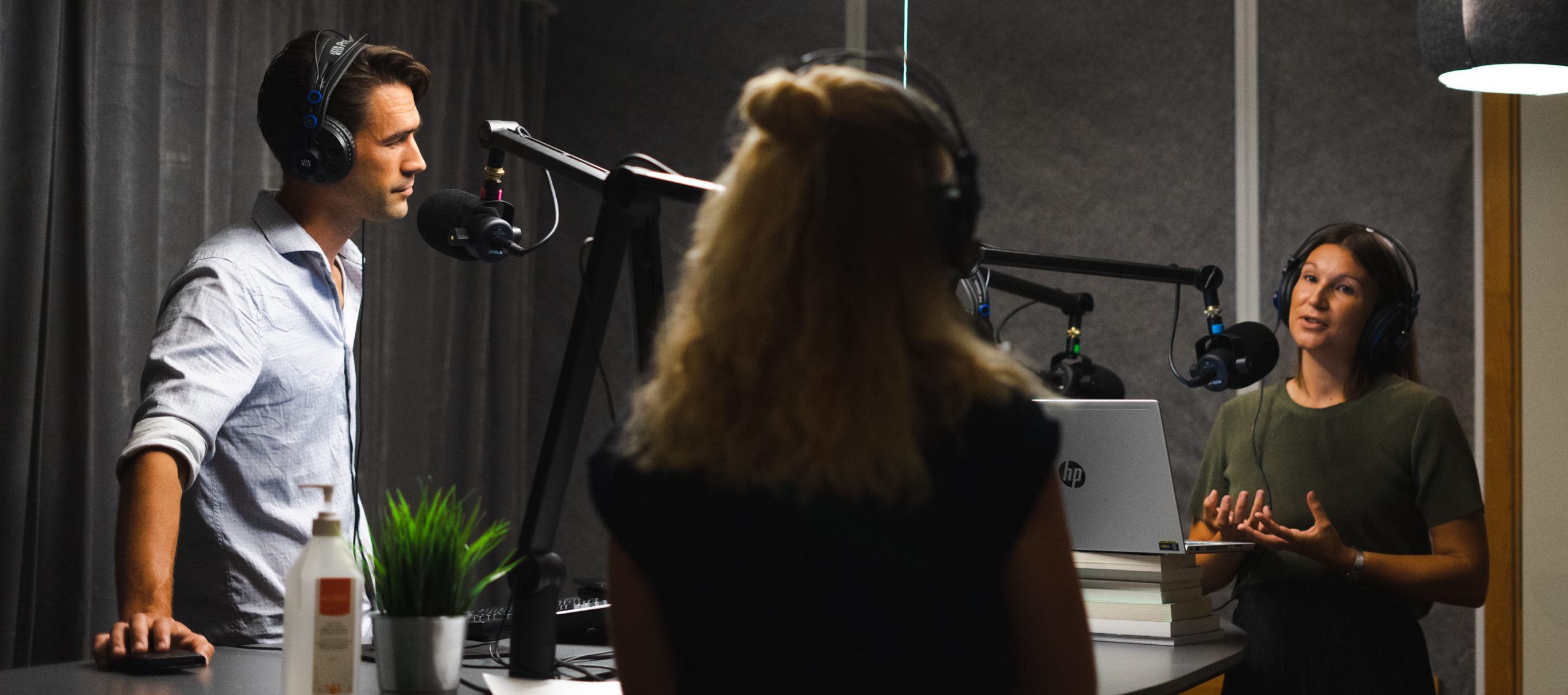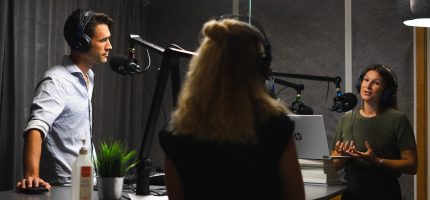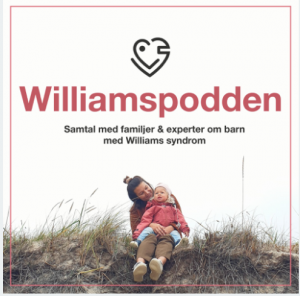To communicate about development and try to engage audiences in various aspects of development can implicate several ethical challenges, which we have tried to pay attention to in our blog posts so far. However, the challenges of doing something in a perfect way, can’t stop us in the development sector from trying to do better.
Therefore, I want to use this blog, besides to problematize storytelling based on ethical perspectives, to exemplify how we can bring new ways to tell stories with the purpose of raise awareness, advocate, and fundraise. In this discussion, I believe it is vital to look at new technology and digitalization processes to see how we can use ICT for development.
One intriguing example of ICT that has created new possibilities for storytelling is podcasts. But with millions of podcasts now available, how can INGOs and other development actors best take advantage of this trend?
– Quote from “Podcasts: where next? How INGOs can embrace the power of the podcast”, 2020.
In what ways does the podcast differ?
Podcasts offer an unusual experience compared to other digital communications formats today, and their enormous growth in recent years shows that they are successfully connecting with many audiences.

In the report Podcasts: where next? How INGOs can embrace the power of the podcast, produced by International Broadcasting Trust in 2020, we can take part of interviews, data and reflections on the changing podcast landscape, the trends dominating the field, where podcasts are heading next and how INGOs can utilize the medium. The report, and my experiences of podcasts, are however based on a European/American perspective. Therefore I hope for that you might have insights you want to share on how podcasts are developed, used, and perceived in other parts of the world, that can expand the perspective and insights.
Podcasts offer INGOs an opportunity to reach audiences who have interest for more complex storytelling. People show a higher engagement by often listen to whole episodes, which is a big difference from user data on how we look at videos and other formats in social media today. This is impressing as the episodes often can be around 20-30 minutes, which is far longer than the seconds we try to engage people on TikTok or other social media platforms. A survey (Ofcom’s 2019) investigated this further finding that 67 % were to talk to friends or family about what they had heard, after listening to a podcast and 52 % researched more about a topic discussed in the episode. Other frequent actions included following advice given in the podcast and trying other types of content from the podcast creator, all of which make podcasts a far more powerful than other communication channels.
– Quote from “Podcasts: where next? How INGOs can embrace the power of the podcast”, 2020.
From my perspective, this sound like an excellent opportunity to turn away from oversimplification that often can be the case when we communicate development. Also, the fact, that the podcast implies more narrow audiences make it optimally for minority groups who share specific interests and challenges. We also know from many parts of the world, that community radio is widely listened to, and is an effective tool to reach target groups with information and advocacy projects. Perhaps we can learn from the successes of those projects and bring the insights and mix them with the podcast format?
So, what does it takes to succeed with a podcast?
- a clear understanding of your target audience, their context and where to reach them
- what your objectives are
- a strong host
- the resources to run a regular series with a high sound quality
- the budget to devote to marketing the podcast.
- Podcasts should not be relied upon to reach mass audiences, but rather as a tool for facilitating deeper engagement and understanding from specific audiences. The goal is for it to feel conversational.- “Podcasts: where next? How INGOs can embrace the power of the podcast”, 2020.
A key for engagement is knowledge about the target audience and their context, but also include participation from them. How can you engage them in the episodes by inviting guests from the target group/ using their ideas for choosing guests and issues to discuss and share their reactions in the podcast?
Podcast examples today
An example of an INGO who has put effort into this, is UNHCR, with their podcast Awake at Night – A personal interview series that asks humanitarian workers on the front line how they cope with the horrors of war.
I have also recently started my own podcast in cooperation with the Williams Syndrome Association in Sweden, to spread awareness, support and advocate for children with the rare disease Williams Syndrome (WS), and their families. The findings from the report above matches my experiences in this project. My daughter was born with WS, and when we found out, there were hardly any available dialogue or communication about it. The podcast has already after two episodes created a lot of positive reactions, engagement and support from the community. Many families reaches out to say that they highly appreciate it and suggests new topics, and share their experiences of being in a minority group. A key in this project, is that we have a small target audience and for them, and the people around them, this is highly relevant.
I hope this can be an encouragement for you to try podcast storytelling in your communication work.
Perhaps you have already tried, please share your thoughts on this topic!
/Cecilia




